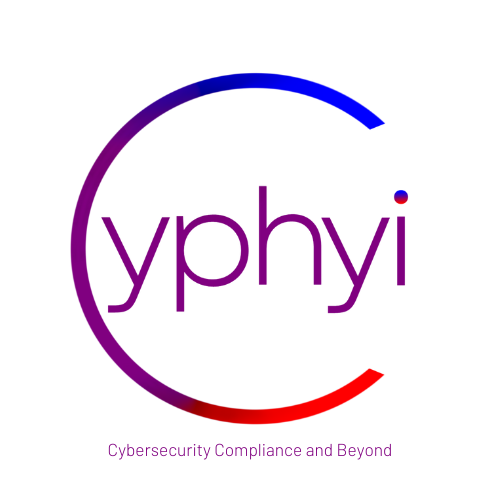As industrial environments evolve into smart, connected factories, cybersecurity has become a critical concern across every layer of the automation stack. While attention often focuses on PLCs, SCADA systems, and field-level devices, one crucial layer remains relatively underprotected: the Manufacturing Execution System (MES).
MES acts as the operational brain of the factory, managing the flow of information between enterprise systems (ERP) and the physical machinery on the shop floor. In sectors like automotive manufacturing and medical device production, MES is deeply intertwined with product traceability, quality enforcement, and real-time scheduling. A compromise in MES doesn’t just threaten downtime — it jeopardizes product integrity, regulatory compliance, and safety.
Understanding the MES Security Surface
Unlike field-level controllers or sensors that have well-defined control boundaries, MES platforms exist in a hybrid zone. They communicate with both IT systems (for work orders, inventory, compliance reporting) and OT systems (for process execution, quality gates, machine states). This dual exposure creates a wider and more complex attack surface.
Several vulnerabilities commonly seen in MES deployments include:
- Insecure communication channels between MES and lower-level control systems
- Lack of user authentication or improper session handling in MES UIs
- Embedded scripting or middleware with known vulnerabilities
- Over-permissive access to databases and backend systems
In the automotive context, for example, MES often governs build-to-order configurations. A manipulated MES could send incorrect assembly instructions, compromise VIN-specific traceability, or even disable quality checks — all without ever touching a PLC.
Why MES Needs a Dedicated Cybersecurity Strategy
Many security strategies in industrial environments focus either on perimeter defense or on securing embedded devices. MES, sitting at the core of operational logic and data, requires its own layered defense strategy. This includes:
- Authentication and Access Control: MES should integrate with enterprise identity providers to enforce strong, role-based access control. Operator roles, system engineers, and external vendors must be clearly separated with principle-of-least-privilege enforcement.
- Encrypted and Authenticated Communications: Interfaces between MES, SCADA systems, and ERP must use secure protocols (e.g., TLS, OPC UA with security profiles). Unsecured or legacy protocols can become attack vectors.
- Patch Management and Hardening: MES platforms are often built atop commercial OSs and databases. Without regular updates, they accumulate risk. Patching should include the core platform, embedded applications, and third-party extensions.
- Audit Logging and Forensics: Comprehensive audit trails of operator actions, system changes, and data flows are essential for incident response. This is especially critical in regulated environments like medical device manufacturing where post-event traceability is non-negotiable.
- Network Segmentation and Firewalls: MES should reside in a dedicated zone within the IACS architecture, segmented from both corporate IT and field devices. Firewall rules must restrict unnecessary lateral movement.
MES in Automotive and Medical Manufacturing
In automotive plants, MES coordinates everything from production line flow to torque specs, test results, and part serialization. It ensures that each vehicle variant is built to specification and supports traceability back to individual operators and components. A compromised MES could propagate defects, halt production lines, or erase vital compliance logs.
In medical device manufacturing, MES ensures process compliance aligned with FDA and ISO 13485 standards. It manages cleanroom workflows, electronic batch records, and quality inspection data. Cyber incidents here can trigger regulatory violations, recalls, and even patient safety risks.
MES and Industrial Standards
Although MES does not fall neatly under a single security standard, elements from both IEC 62443 and ISO/IEC 27001 are applicable:
- IEC 62443 promotes segmentation, access control, and security level classification — all relevant to MES zones.
- ISO/IEC 27001 emphasizes information asset management and risk treatment plans, which align with MES’s data-handling role.
Moreover, the NIST Cybersecurity Framework (CSF) offers useful guidance for protecting MES in the context of identify, protect, detect, respond, and recover.


